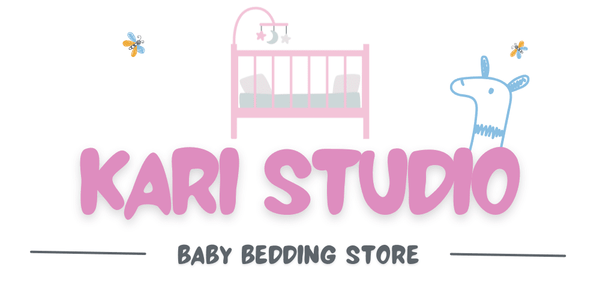Los móviles de cuna aportan encanto y color a la habitación del bebé, convirtiéndose a menudo en el toque decorativo favorito de los padres. Sin embargo, cada año se reportan en hospitales más de 2000 lesiones relacionadas con productos para la habitación del bebé, una cifra que llama la atención. La verdadera sorpresa es que incluso el móvil más bonito y bien hecho puede volverse peligroso en cuanto el bebé aprende a alcanzarlo, lo que hace que las revisiones de seguridad tempranas y el mantenimiento regular sean mucho más cruciales de lo que la mayoría de los padres imaginan.
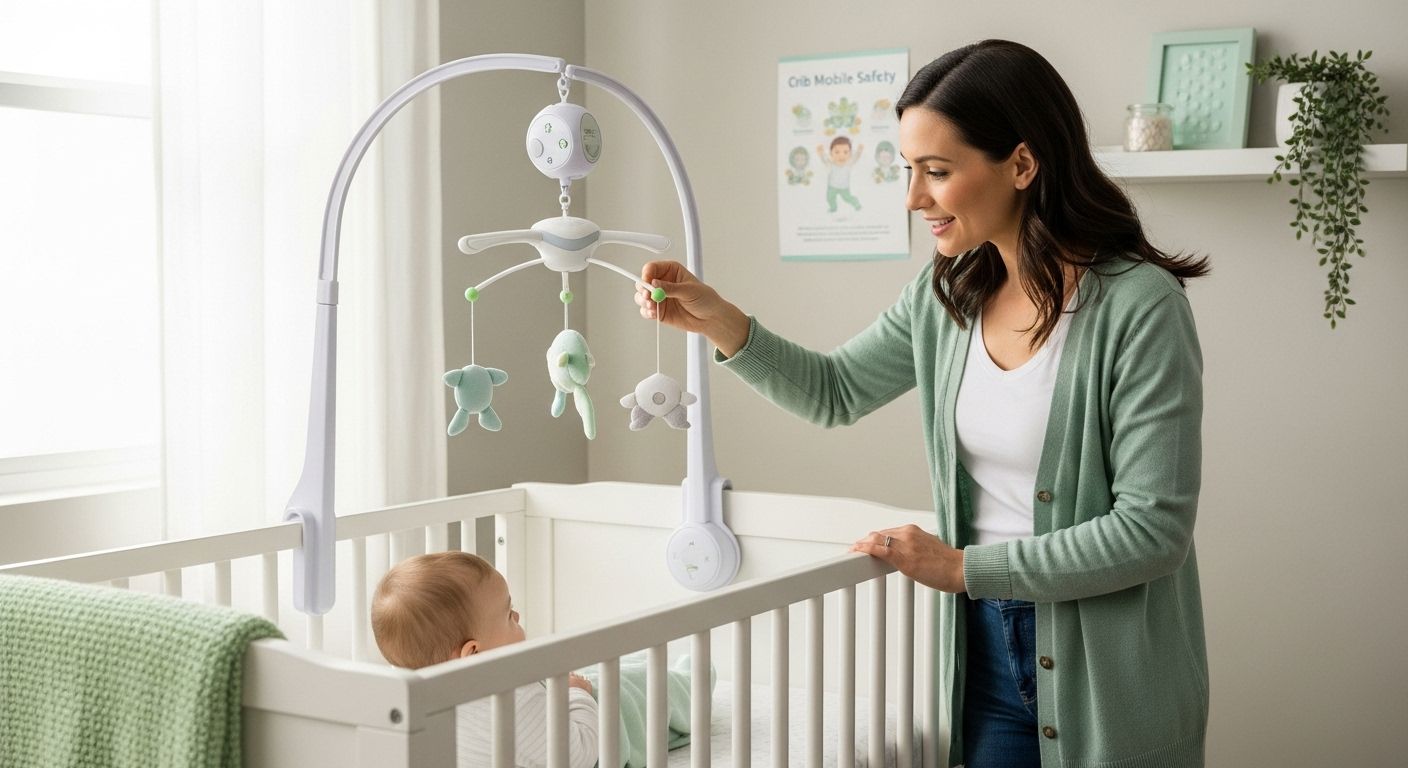
Tabla de contenido
- ¿Qué es la seguridad del móvil de cuna y por qué es importante?
- Entendiendo los riesgos asociados con los móviles de cuna
- Características clave de los móviles de cuna seguros: qué buscar
- Mejores prácticas para usar móviles de cuna de forma segura
- El papel de la seguridad de los móviles de cuna en el desarrollo infantil
Resumen rápido
| Llevar | Explicación |
|---|---|
| Retirar los móviles a los 5 meses | Retire los móviles de cuna cuando los bebés comiencen a moverse para evitar riesgos de estrangulamiento o enredos. |
| Elija materiales no tóxicos | Seleccione móviles de cuna fabricados con materiales seguros y duraderos para proteger contra la exposición a sustancias tóxicas y lesiones. |
| Inspeccione regularmente los móviles | Realice controles rutinarios de los componentes y accesorios móviles para verificar el desgaste y la estabilidad para garantizar la seguridad continua. |
| Montar a una altura segura | Coloque los móviles de cuna al menos 16 pulgadas por encima de la cuna para minimizar la interacción del bebé y evitar accidentes. |
| Centrarse en la estimulación sensorial | Utilice dispositivos móviles apropiados para el desarrollo para mejorar el seguimiento visual y la participación sin comprometer la seguridad. |
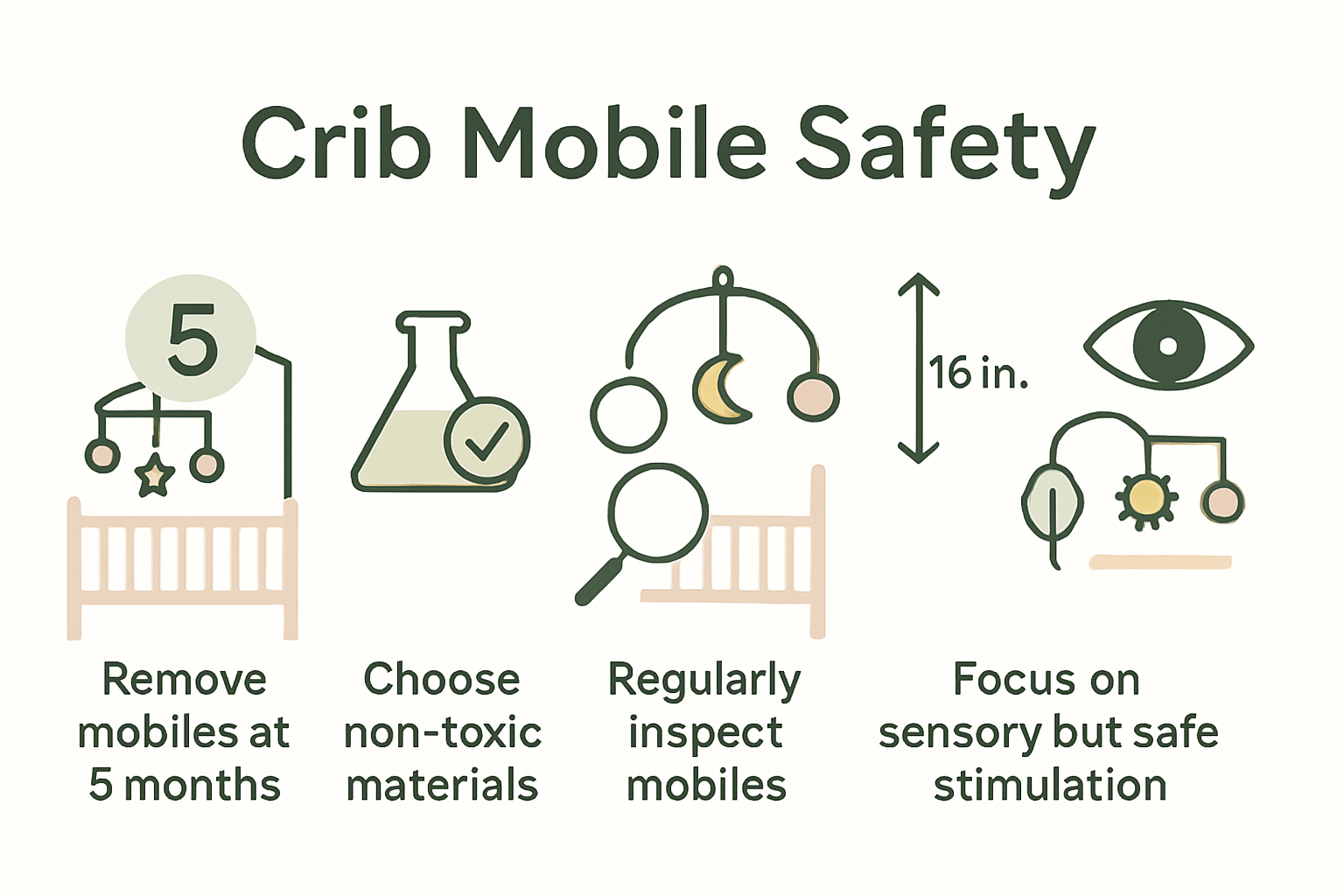
¿Qué es la seguridad del móvil de cuna y por qué es importante?
La seguridad de los móviles de cuna es un aspecto fundamental del diseño de la habitación infantil, ya que se centra en prevenir posibles peligros asociados con objetos decorativos colgantes sobre el área de descanso del bebé. Comprender estas consideraciones de seguridad puede ayudar a los padres a crear un entorno seguro que promueva tanto la estimulación visual como la protección infantil.
Comprender los riesgos de los móviles de cuna
Los dispositivos móviles colocados sobre las cunas presentan desafíos de seguridad únicos que requieren una evaluación cuidadosa. El Hospital Infantil Nationwide recomienda retirar los juguetes colgantes o móviles cuando los bebés empiezan a moverse, generalmente alrededor de los 5 meses de edad. Esta recomendación surge al reconocer que los bebés curiosos y cada vez más activos pueden enredarse o tirar de los componentes del móvil.
Los principales riesgos asociados con los móviles de cuna instalados o mantenidos incorrectamente incluyen:
- Posibles riesgos de estrangulamiento por cuerdas sueltas o elementos colgantes
- Riesgo de caída de objetos que golpeen al bebé
- Peligros de asfixia por piezas pequeñas desmontables
- Posible atrapamiento si los componentes móviles están al alcance del bebé
Consideraciones de seguridad para los padres
Garantizar la seguridad de los móviles de cuna requiere una planificación proactiva y una supervisión regular. La Comisión de Seguridad de Productos del Consumidor de EE. UU. (CSC) recomienda crear un entorno de sueño minimalista que priorice la protección del bebé. Esto implica seleccionar móviles con mecanismos de sujeción seguros, usar cuerdas cortas y tensas, y colocar el móvil a una altura suficiente para evitar la interacción directa.
Los padres deben inspeccionar periódicamente los componentes móviles para detectar:
- Conexiones sueltas o debilitadas
- Signos de desgaste o degradación del material
- Posibles bordes o puntas afiladas
- Estabilidad del hardware de montaje
Los móviles de cuna pueden proporcionar una valiosa estimulación sensorial a los bebés si se diseñan e instalan con meticulosa atención a los protocolos de seguridad. Al comprender los posibles riesgos e implementar estrategias de selección cuidadosas, los padres pueden transformar estos elementos decorativos para la habitación del bebé en elementos seguros y atractivos para el entorno de descanso.
Entendiendo los riesgos asociados con los móviles de cuna
Los móviles de cuna, si bien son visualmente atractivos y potencialmente estimulantes para los bebés, pueden presentar importantes riesgos de seguridad que los padres deben considerar cuidadosamente. Comprender estos riesgos potenciales es crucial para crear un entorno de sueño seguro que proteja a los bebés vulnerables de daños accidentales.
Potencial de riesgo físico
Los principales riesgos asociados con los móviles de cuna se derivan de su diseño y su proximidad al lugar donde duerme el bebé. La Academia Americana de Pediatría enfatiza que cualquier objeto que cuelgue sobre una cuna puede convertirse en una amenaza potencial para la seguridad a medida que los bebés se vuelven más activos y curiosos.
Los principales peligros físicos incluyen:
- Riesgo de estrangulamiento por cuerdas colgantes o componentes sueltos
- Posibilidad de que objetos caigan y golpeen al bebé.
- Peligros de asfixia por piezas pequeñas desmontables
- Riesgo de enredos si los elementos móviles están a su alcance
Consideraciones sobre el desarrollo y la movilidad
A medida que los bebés crecen y desarrollan sus habilidades motoras, la dinámica de seguridad de los móviles de cuna cambia drásticamente. Los bebés suelen empezar a alcanzar, jalar e intentar agarrar objetos alrededor de los 4-5 meses de edad, lo que aumenta significativamente el riesgo de accidentes relacionados con los móviles. Este hito del desarrollo transforma objetos decorativos previamente inofensivos en posibles riesgos de seguridad.
Los factores críticos del desarrollo que inciden en la seguridad móvil incluyen:
- Aumentar la fuerza física y el alcance
- Desarrollar la coordinación mano-ojo
- Curiosidad natural y conductas exploratorias
- Patrones de movimiento impredecibles
Riesgos materiales y de construcción
Los materiales y la calidad de construcción de los móviles de cuna son fundamentales para su seguridad general. Los móviles de mala calidad pueden contener materiales tóxicos, tener bordes afilados o mecanismos de sujeción débiles que comprometen la seguridad del bebé. Los padres deben evaluar cuidadosamente la construcción del móvil, priorizando un diseño robusto y materiales no tóxicos que resistan las posibles interacciones del bebé.
Las consideraciones clave sobre materiales y construcción incluyen:
- Calidad de los mecanismos de fijación
- Durabilidad de los componentes individuales
- Ausencia de pintura o materiales tóxicos
- Bordes lisos y conexiones seguras
Al comprender estos riesgos multifacéticos, los padres pueden tomar decisiones informadas sobre la selección, la ubicación y el monitoreo del móvil de cuna, creando en última instancia un entorno de sueño más seguro para su bebé.
A continuación se muestra una tabla comparativa que resume los riesgos clave asociados con los móviles de cuna, lo que ayuda a los padres a comprender rápidamente la naturaleza y los ejemplos de cada peligro analizado en el artículo.
| Tipo de riesgo | Descripción | Ejemplos |
|---|---|---|
| Estrangulación | Peligro por cuerdas sueltas o elementos colgantes | Quedar atrapado en cables largos, elementos envueltos |
| objetos que caen | Riesgo de desprendimiento y caída de componentes móviles | Figuras o partes desprendidas que golpean al bebé |
| Asfixia | Peligro por piezas móviles pequeñas y desmontables | Pequeña cuenta cayendo en la cuna, adornos sueltos |
| Trampa | Piezas al alcance que provoquen el atrapamiento de una extremidad o cabeza | Elemento colgante atrapado alrededor de una mano o un pie |
| Materiales tóxicos | Riesgo por exposición a acabados o productos químicos no seguros | Pinturas o plásticos que contienen toxinas |
| Bordes afilados | Cortes o rayones por bordes mal terminados | Móvil con esquinas afiladas o cables salientes |
Características principales de los móviles de cuna seguros: qué buscar
Seleccionar un móvil de cuna seguro requiere una cuidadosa consideración de múltiples factores de diseño y seguridad. Los padres deben ir más allá de la estética y centrarse en características que minimicen los posibles riesgos para su bebé durante el sueño y las primeras etapas de su desarrollo.
Integridad estructural y diseño
Kids Health recomienda priorizar los móviles de cuna con una construcción robusta y mecanismos de fijación seguros. El diseño estructural es fundamental para prevenir posibles peligros que podrían comprometer la seguridad del bebé.
Las consideraciones estructurales clave incluyen:
- Puntos de montaje fuertes y reforzados
- Diseño de componentes compactos y ligeros
- Número mínimo de piezas desmontables
- Conexiones seguras y estrechas entre elementos móviles
Seguridad y calidad de los materiales
Los materiales utilizados en la construcción de móviles de cuna influyen directamente en la seguridad del bebé. Los padres deben evaluar cuidadosamente la composición de los componentes del móvil, priorizando materiales no tóxicos y duraderos que resistan posibles interacciones y mantengan su integridad estructural a lo largo del tiempo.
Los factores críticos de seguridad del material incluyen:
- Uso de pinturas y acabados no tóxicos y seguros para los niños.
- Ausencia de componentes pequeños y desmontables
- Bordes lisos sin puntas afiladas
- Materiales hipoalergénicos
Pautas de colocación y fijación
La correcta colocación del móvil es tan crucial como su diseño. La Comisión de Seguridad de Productos del Consumidor (CPSC) enfatiza la importancia de colocar los móviles para minimizar los posibles riesgos de interacción. Los padres deben asegurarse de que los móviles estén bien fijados y colocados a una distancia segura del alcance y movimiento del bebé.
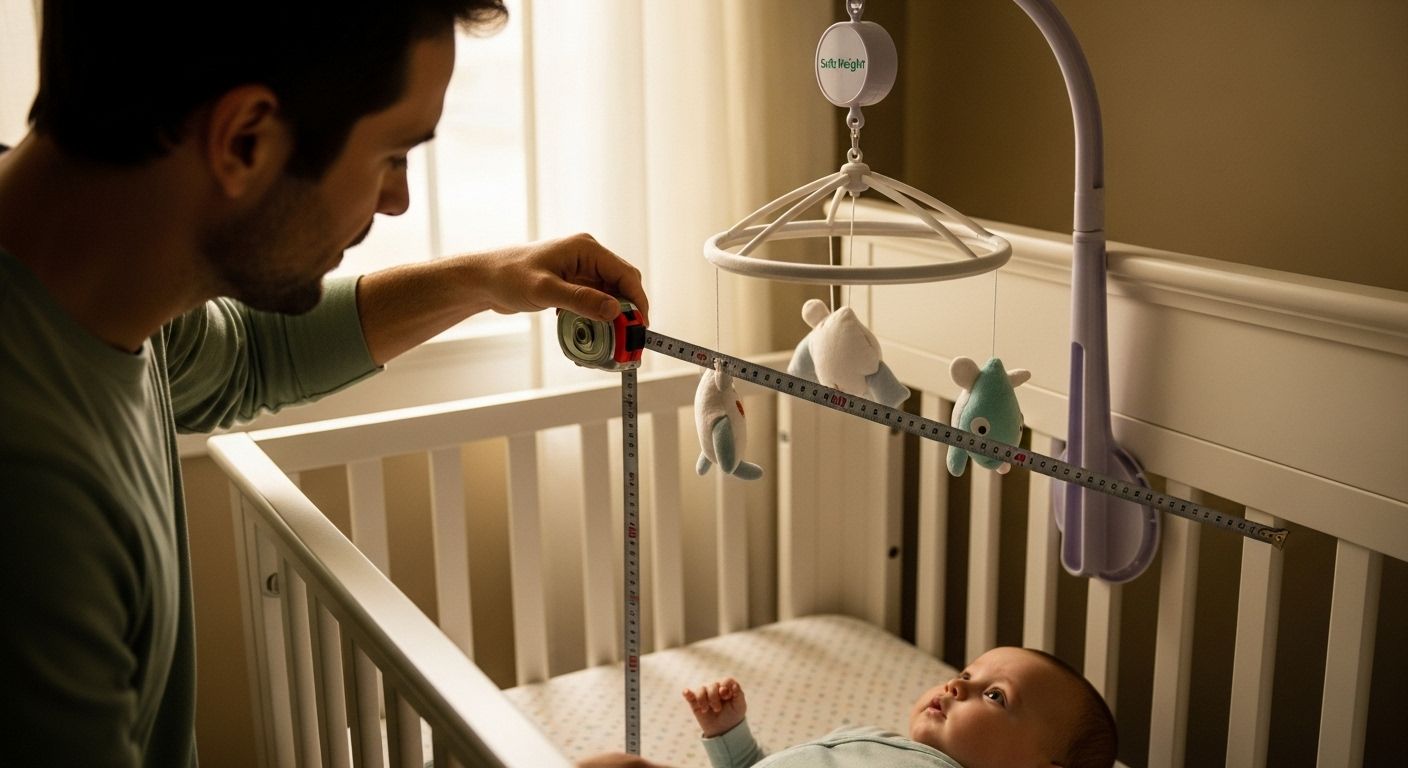
Las recomendaciones de ubicación clave incluyen:
- Montaje al menos a 16 pulgadas por encima de la superficie de la cuna.
- Garantizar una fijación firme e inamovible
- Comprobación periódica de la estabilidad de los herrajes de montaje
- Retirar el móvil cuando el bebé muestre signos de querer levantarse o alcanzar algo.
Al evaluar meticulosamente estas características críticas, los padres pueden seleccionar móviles de cuna que no solo brinden estimulación visual sino que también mantengan los más altos estándares de seguridad y protección infantil.
La siguiente tabla describe las características esenciales que se deben buscar en los móviles de cuna seguros y ofrece a los padres una lista de verificación general de las mejores prácticas de diseño y uso.
| Característica de seguridad | Explicación |
|---|---|
| Puntos de montaje fuertes | Fije el móvil de forma segura para evitar caídas |
| Materiales no tóxicos | Uso de materiales, acabados y pinturas seguros para niños. |
| Colocación de altura adecuada | Colocado al menos 16 pulgadas por encima de la superficie de la cuna |
| Sin piezas pequeñas desmontables | Minimiza los riesgos de asfixia y atrapamiento. |
| Bordes suaves | Previene cortes, rasguños o lesiones menores. |
| Mantenimiento regular | Inspecciones continuas para garantizar la estabilidad y seguridad continuas |
| Remoción apropiada para la edad | Retirar alrededor de los 5 meses o una vez que el bebé pueda levantarse/alcanzar |
Mejores prácticas para usar móviles de cuna de forma segura
Implementar prácticas seguras con móviles de cuna requiere un enfoque integral que considere el desarrollo infantil, el diseño del móvil y la supervisión continua. Los padres deben mantenerse vigilantes y proactivos para crear un entorno de sueño seguro que minimice los posibles riesgos.
Uso del móvil apropiado para la edad
El Hospital Pediátrico Nationwide enfatiza la importancia crucial del uso de dispositivos móviles según la edad. Los dispositivos móviles deben gestionarse estratégicamente durante las etapas de desarrollo del bebé para prevenir posibles riesgos de seguridad.
Las consideraciones clave relacionadas con la edad incluyen:
- Limitar el uso del móvil durante las primeras etapas de la infancia
- Quitar los móviles cuando el bebé empieza a levantarse
- Monitoreo de las crecientes capacidades físicas del bebé
- Dejando atrás los dispositivos móviles a medida que aumenta la movilidad
Inspección y mantenimiento regulares
La supervisión y el mantenimiento constantes de los móviles de cuna son esenciales para garantizar su seguridad. Los padres deben realizar evaluaciones periódicas de los componentes del móvil, los mecanismos de sujeción y la integridad estructural general para prevenir posibles accidentes.
Los puntos críticos de inspección incluyen:
- Comprobación de conexiones sueltas o debilitadas
- Examinando cuerdas y elementos colgantes
- Verificación del hardware de montaje seguro
- Evaluación del estado del material y del desgaste potencial
Pautas de posicionamiento e interacción
La Comisión de Seguridad de Productos del Consumidor recomienda estrategias de posicionamiento específicas para minimizar los riesgos de interacción. El objetivo es crear un entorno visualmente estimulante, manteniendo una clara separación entre el bebé y los componentes móviles.
Las recomendaciones de posicionamiento clave incluyen:
- Montar los móviles al menos a 16 pulgadas por encima de la superficie de la cuna.
- Asegurarse de que no haya elementos colgantes al alcance del bebé.
- Evitar diseños móviles complejos o muy decorados
- Mantener un espacio para dormir limpio y sin obstrucciones
Al adoptar estas prácticas de seguridad integrales, los padres pueden transformar los móviles de cuna de peligros potenciales en elementos de guardería atractivos y apropiados para el desarrollo que apoyan la estimulación visual y la comodidad del bebé.
El papel de la seguridad de los móviles de cuna en el desarrollo infantil
Los móviles de cuna cumplen una doble función en entornos infantiles: proporcionan estimulación visual y, al mismo tiempo, mantienen un espacio de sueño seguro. Comprender la intrincada relación entre el diseño de los móviles y las etapas del desarrollo es crucial para los padres que buscan apoyar el crecimiento cognitivo y sensorial temprano de sus hijos.
Estimulación sensorial y desarrollo cognitivo
Los Institutos Nacionales de Salud destacan la importancia de las experiencias visuales cuidadosamente diseñadas durante el desarrollo infantil temprano. Los móviles de cuna pueden ofrecer información sensorial crucial que fomenta las habilidades cognitivas y de seguimiento visual cuando se implementan priorizando la seguridad.
Los beneficios clave para el desarrollo incluyen:
- Mejorar el enfoque visual y las capacidades de seguimiento
- Apoyo a las habilidades tempranas de percepción de profundidad
- Promoción del desarrollo de las vías neuronales
- Fomentar la exploración visual y la curiosidad
Equilibrio entre la seguridad y la participación en el desarrollo
Los padres deben lograr un delicado equilibrio entre la estimulación del desarrollo y el mantenimiento de un entorno de sueño seguro. El reto reside en crear experiencias visuales atractivas sin introducir posibles riesgos físicos que puedan comprometer la seguridad del bebé.
Las consideraciones críticas sobre el desarrollo incluyen:
- Seleccionar estímulos visuales apropiados para la edad
- Garantizar un potencial mínimo de interacción
- Mantener límites visuales claros
- Apoyando el desarrollo sensorial sin riesgo físico
Crecimiento neurológico y perceptivo
La Comisión de Seguridad de Productos del Consumidor enfatiza que los entornos infantiles deben priorizar la seguridad y, al mismo tiempo, apoyar el desarrollo natural. Los móviles de cuna representan una herramienta con múltiples matices para apoyar el crecimiento neurológico y perceptivo temprano cuando se diseñan con meticulosa atención a la ciencia del desarrollo y los protocolos de seguridad.
Los factores clave del desarrollo neurológico incluyen:
- Apoyando las habilidades tempranas de discriminación visual
- Promover la atención visual sostenida
- Fomentar las conexiones de las vías neuronales
- Facilitando experiencias de integración sensorial
Al comprender la intrincada relación entre el diseño de móviles de cuna y el desarrollo infantil, los padres pueden crear entornos enriquecedores que simultáneamente protejan y nutran las capacidades cognitivas emergentes de sus hijos.
Proteja el sueño de su bebé con un móvil de cuna de confianza
¿Te preocupa crear un ambiente seguro y bonito para la habitación de tu bebé? Después de leer sobre los peligros de los móviles de cuna mal instalados y los riesgos reales de asfixia o enredos, sabes lo importante que es elegir las opciones correctas para su bienestar. En Kari Studio, entendemos la preocupación que conlleva querer una decoración estimulante y a la vez segura. Por eso, ofrecemos artículos esenciales para la habitación de tu bebé, cuidadosamente diseñados para ayudarte a encontrar tranquilidad y crear un espacio inspirador.
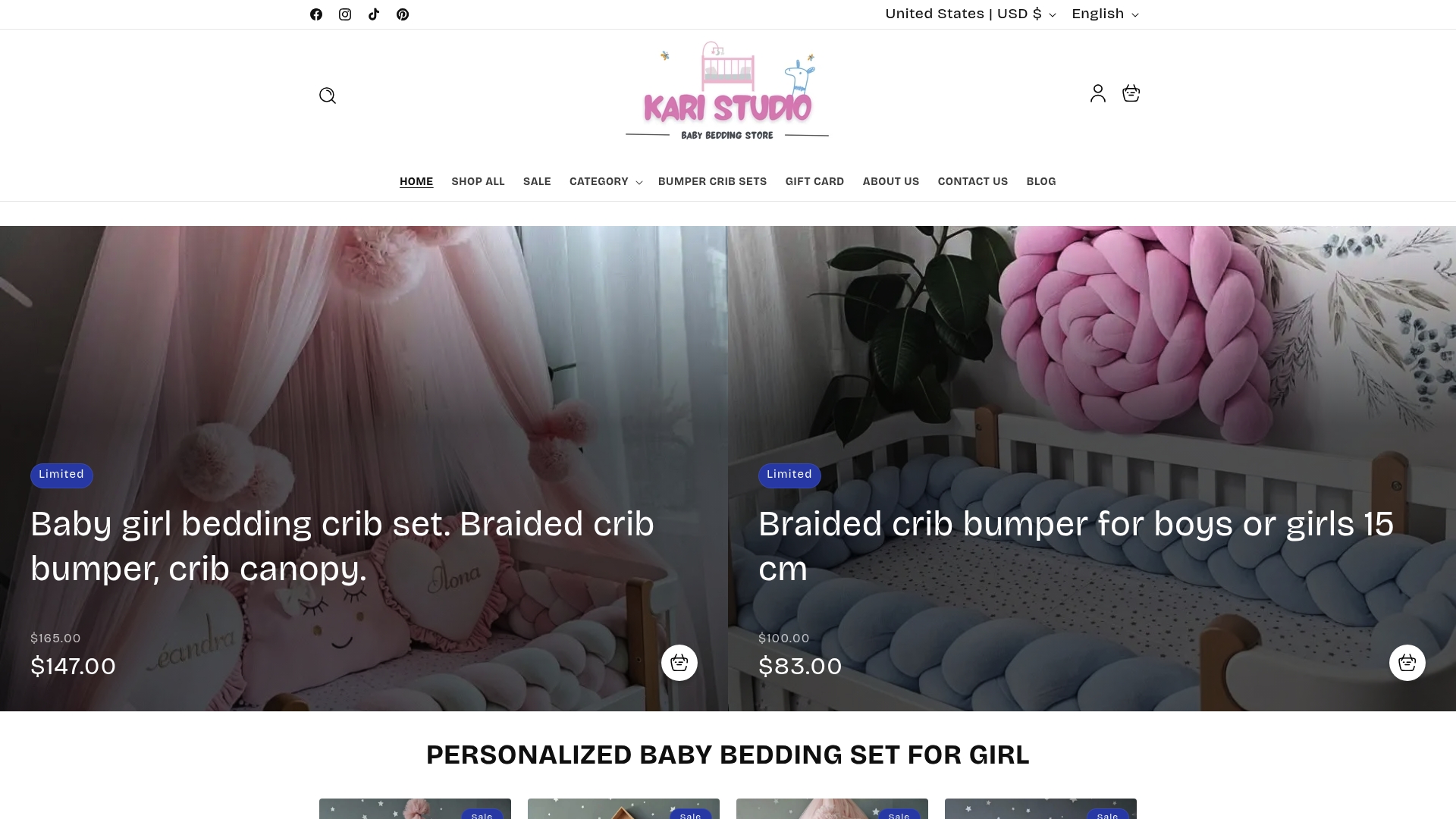
Descubre accesorios para la habitación del bebé que combinan seguridad y estilo visitando Kari Studio . Explora nuestras colecciones cuidadosamente diseñadas y descubre por qué tantos padres confían en nosotros para la primera habitación de su pequeño. Compra ahora y haz realidad tu compromiso con la seguridad de la cuna, una prioridad para toda la familia. El sueño seguro de tu bebé nunca debe esperar.
Preguntas frecuentes
¿Cuáles son los principales riesgos de seguridad asociados a los móviles de cuna?
Los móviles de cuna pueden presentar varios riesgos de seguridad, incluidos peligros de estrangulamiento por cuerdas sueltas, la posibilidad de que caigan objetos sobre el bebé, peligros de asfixia por piezas pequeñas desmontables y atrapamiento si los componentes del móvil están al alcance del bebé.
¿Cuándo debo retirar el móvil de cuna de la cuna de mi bebé?
Se recomienda retirar los móviles de cuna cuando los bebés comienzan a moverse, generalmente alrededor de los 5 meses de edad, ya que los bebés curiosos pueden enredarse o tirar de los componentes del móvil.
¿Cómo puedo asegurarme de que un móvil de cuna sea seguro para mi bebé?
Para garantizar la seguridad del móvil de cuna, seleccione modelos con mecanismos de sujeción seguros, use cuerdas cortas y tensas, y coloque el móvil al menos a 40 cm (16 pulgadas) de la superficie de la cuna. Inspeccione regularmente el móvil para detectar conexiones sueltas o desgaste.
¿Qué características debo buscar en un móvil de cuna seguro?
Al seleccionar un móvil de cuna seguro, tenga en cuenta la integridad estructural (puntos de montaje fuertes), la seguridad del material (materiales no tóxicos y duraderos) y la ubicación adecuada (asegurándose de que esté montado de forma segura y fuera del alcance del bebé).

